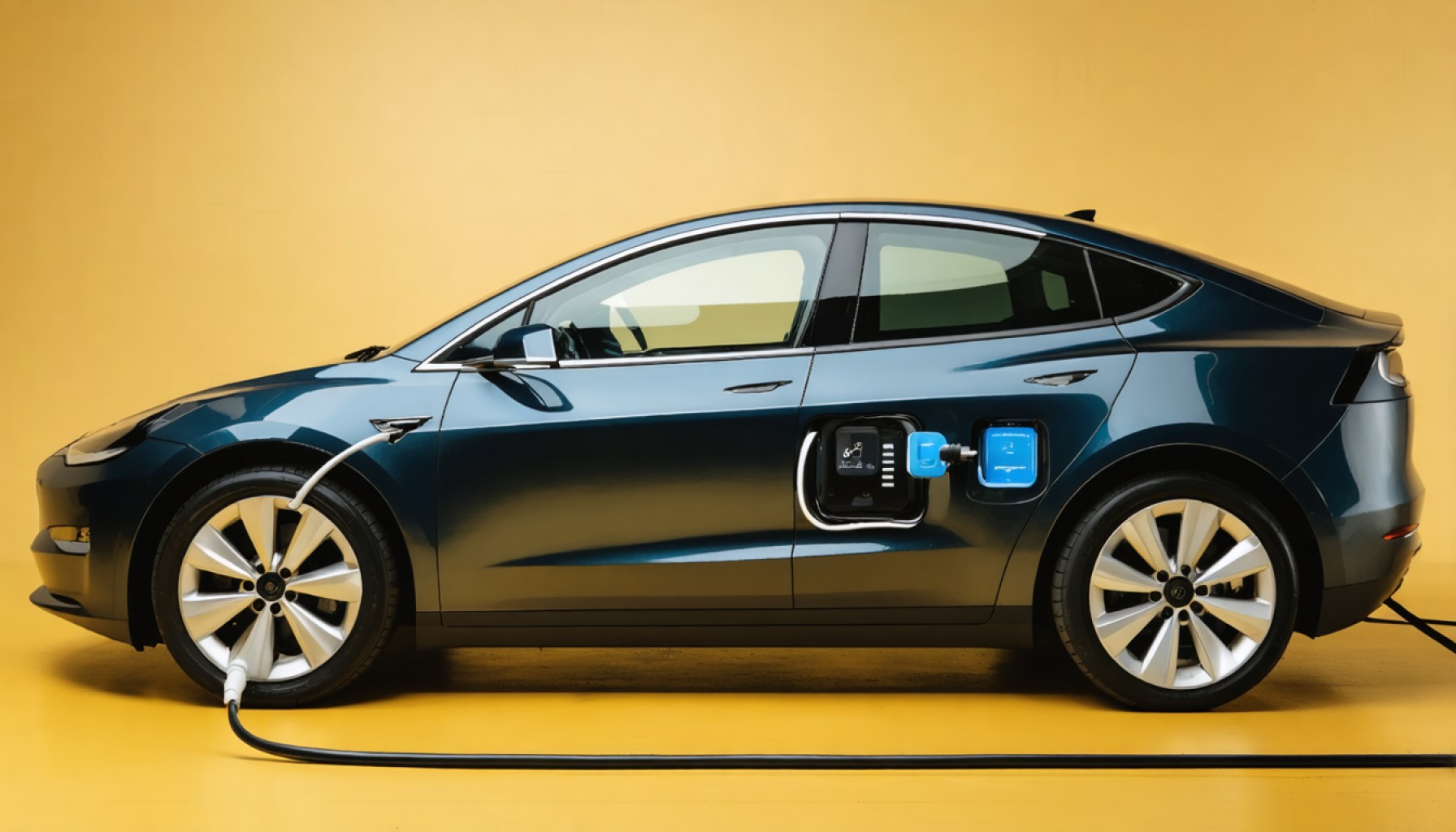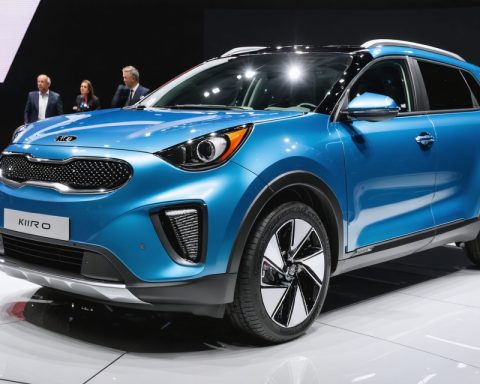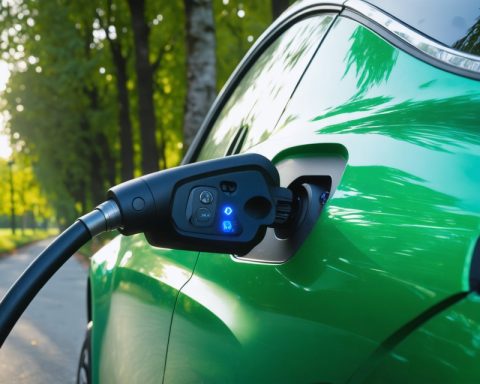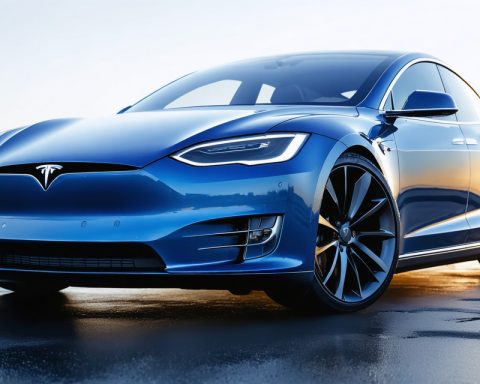- Electric vehicles (EVs) are significantly reshaping American roadways, with 72% of drivers showing interest in transitioning from gas to electric.
- A survey by Tata Consultancy Services highlights a growing preference for EVs, especially among younger Americans aged 18-25.
- Brands like Tesla have shifted electric cars from novelties to mainstream, emphasizing eco-friendliness and technological advancement.
- While enthusiasm varies by age, with older generations being slightly less interested, overall momentum towards EV adoption is strong.
- Half of respondents are satisfied with the current variety of EV models, indicating broad acceptance of available options.
- Carmakers globally are expanding EV offerings to meet rising demand, marking a collective movement towards an electrified future.
- Electric vehicles are positioned not just as a trend but a lasting shift towards quieter, sustainable transportation solutions.
The landscape of American roadways is quietly undergoing a remarkable transformation. Once dominated by gas-guzzling behemoths and sleek, fuel-powered sedans, a new automotive hero is making its unmistakable mark on the horizon—the electric vehicle (EV). In an era defined by climate consciousness and technological innovation, a thunderous 72 percent of American drivers are now expressing a keen desire to power their journeys with electrons rather than gasoline.
These revelations emerge from a comprehensive survey conducted by Tata Consultancy Services, capturing the sentiment of over 1,300 individuals worldwide. The study illuminates the shifting priorities of car buyers, revealing a profound inclination towards electric vehicles. Among various age groups in the U.S., the youthful cohort aged 18 to 25 leads the charge, with nearly half asserting their strong propensity to opt for an EV as their next automobile. For them, the hum of an EV represents not only the future but a thrilling present.
Brands like Tesla have become household names, transforming the perception of electric cars from novelty to norm. The allure is not merely about eco-friendliness; it’s an affirmation of technological prowess and a nod to innovation. Across Atlantic waters, other nations observe this transition with measured paces; in Japan, for instance, only a modest 31 percent share the same enthusiasm.
While skepticism lingers among older generations, with those aged 46 to 55 showing a more temperate interest, a significant portion is still warming to the idea. The narrative is clear: America is shifting gears. The variety of models available appears to satisfy many, with over half of respondents expressing contentment with the options laid before them.
The crux of this electrified awakening is not just about individual choices but a collective momentum. Carmakers across the globe race to feature robust EV lineups, responding to an undeniable demand that grows every day. As automakers ignite this electric revolution, buyers watch, and many are enticed enough to make the pivotal switch.
In the end, the takeaway is electrifying: a substantial shift is happening on American roads. Electric vehicles aren’t just a flash in the pan. They are charging toward a future where the hum of an engine is replaced by the whisper of a battery pack, and the journey is just beginning.
Are Electric Vehicles the Future of Driving? Discover the Latest Trends and Insights
The Rise of Electric Vehicles in America
The transformation of American roadways towards electric vehicles (EVs) is a significant development driven by environmental awareness and technological progress. According to a survey by Tata Consultancy Services, 72% of American drivers show a keen interest in transitioning to EVs, illustrating a substantial shift towards eco-friendly transportation solutions.
Key Considerations and Insights
Market Forecast and Industry Trends
– Global EV Adoption: While the United States is witnessing a surge in interest, global enthusiasm varies. In nations like Japan, only 31% of people express similar interest in EVs, pointing to cultural and infrastructural differences in adoption rates.
– Automakers’ Response: Major car manufacturers are racing to expand their EV offerings. Companies like Tesla have set benchmarks in the industry, but other manufacturers like General Motors and Ford are also increasing their EV portfolios in response to growing demand.
Real-World Use Cases
– Urban vs. Rural: Electric vehicles are especially popular in urban areas where charging infrastructure is more developed. In contrast, rural areas may experience slower adoption due to insufficient charging stations.
– Fleet Electrification: Businesses are increasingly opting for EVs to reduce operational costs and carbon footprint. This shift is most evident in delivery and transport sectors.
Controversies and Limitations
– Charging Infrastructure: A significant barrier to mass EV adoption is the availability of charging stations. While improvements are underway, the current infrastructure may not suffice for a sudden surge in demand.
– Battery Production and Disposal: Concerns exist around the environmental impact of lithium-ion battery production and disposal.
Pressing Questions and Answers
1. Are electric vehicles more cost-effective in the long run?
– Yes, while the upfront cost of EVs can be higher, lower maintenance and fuel costs generally offset the initial expense over time.
2. What incentives are available for EV buyers?
– The U.S. government offers tax credits and incentives for purchasing electric vehicles, which can significantly lower the overall cost.
Actionable Recommendations
– Evaluate Your Driving Needs: Consider your daily commute and access to charging facilities. Urban dwellers might find EVs more practical compared to rural residents.
– Take Advantage of Incentives: Check state and federal programs that offer financial incentives for EV purchases.
– Stay Informed: Technological advancements in EVs happen rapidly. Keep abreast of new developments from Tesla and other leading manufacturers.
Conclusion
The shift towards electric vehicles is more than a trend; it’s a hallmark of modern transportation innovation. While various challenges exist, the combination of environmental benefits and advancing technology makes EVs a compelling choice for conscious consumers. Whether you’re an individual or a business, now is the time to explore how EVs can fit into your future travel plans.
Quick Tips
– Research and Test Drive: Before making a purchase, compare models and take test drives to find an EV that matches your lifestyle.
– Plan for Charging: Consider installing a home charging station to ensure convenience and reduce reliance on public chargers.























